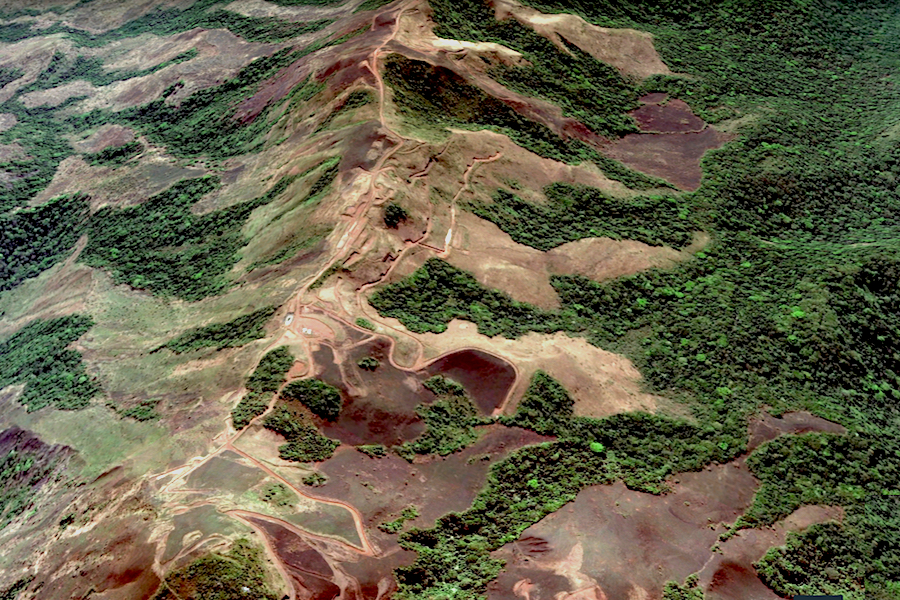Robex Resources Inc./Nampala: feasibility study reveals a pre-tax net present value (NPV) of $113.6 million at $1,250 gold price per ounce, and an internal rate of return (IRR) of 46.45%
QUEBEC CITY, QUEBEC--(Marketwire - Nov. 8, 2011) - Robex Resources inc. (TSX VENTURE:RBX)(FRANKFURT:RB4) is pleased to announce the excellent results of the feasibility study for its 100%-owned Nampala project located on the Mininko permit in Mali. The feasibility study was prepared by a...
You've reached your limit of free weekly articles
Keep reading MINING.COM with a TNM NEWS+MARKETS Membership.
TNM Memberships is your key to unlocking access to the best news, insights, and data in the mining industry.
Get Started with a free 45-day Trial ** Credit card required to begin free trial. Your card will be charged 45 days from signup. You will receive an email notification seven (7) days before the free trial period ends.
Already a Member?
Sign inSubscribe for Unlimited Access
Enjoy unlimited News Stories and Specialty Digests, along with Mining and Metal Market insights as part of your NEWS+MARKETS Membership. Or go even deeper with our Global Mining Data platform, TNM Marco Polo, included with your NEWS+DATA Membership.
Explore Full Membership Benefits


